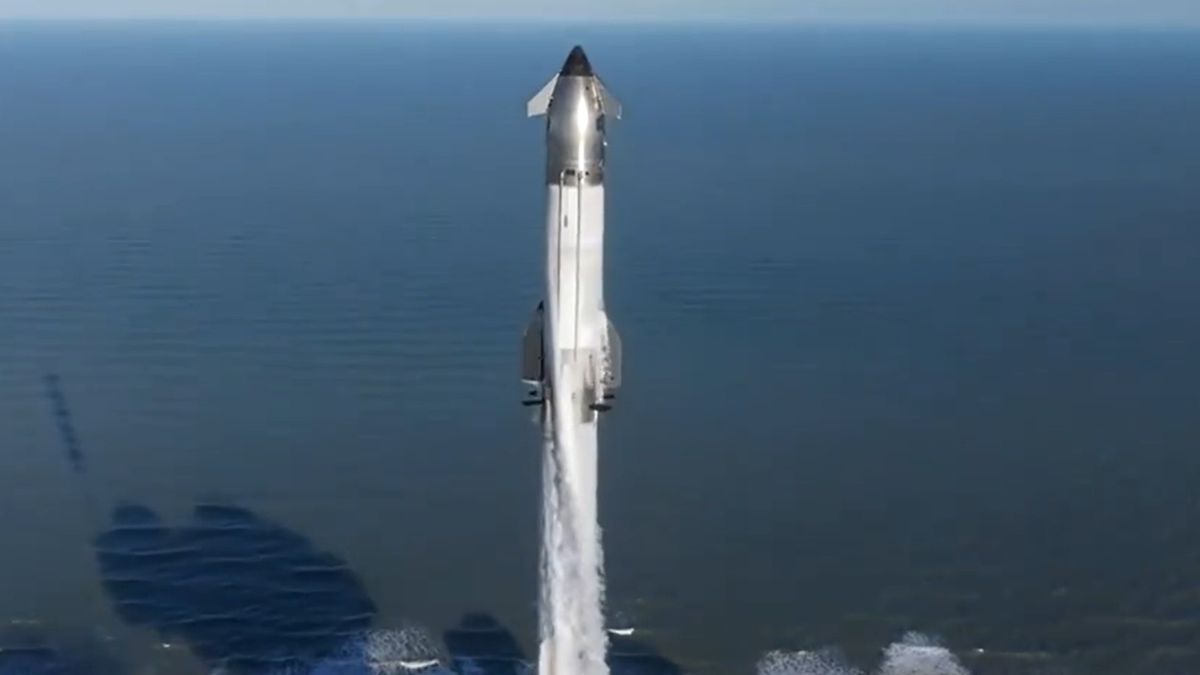SpaceX Wraps Up Investigation of Starship Flight 7 Explosion: What Went Wrong?
The Sky’s the Limit: Exploring the Dark Side of Space
Introduction
SpaceX, the pioneering private space company, has finally wrapped up its investigation into the Starship Flight 7 explosion, which sparked a flurry of concerns and queries about the safety of its much-anticipated lunar missions. The accident occurred on January 16, when Starship, a prototype spacecraft designed to take both people and cargo to the moon and beyond, suffered a catastrophic failure, resulting in the loss of data and, ultimately, the vehicle’s destruction. In this article, we’ll delve into the details of the incident, the investigation, and the measures being taken to prevent such a disaster from happening again.
Anatomy of a Disaster: What Happened During Flight 7?
The seventh test flight of the Starship, code-named "Starship Flight 7," launched from SpaceX’s Starbase site in South Texas on January 16. The flight aimed to send Starship’s upper stage, or "Ship," into a suborbital trajectory, where it would deploy 10 dummy satellites and then splash down in the Indian Ocean about an hour after liftoff. However, the mission ended in a dramatic explosion over the Atlantic Ocean, raining debris down on the Turks and Caicos Islands.
Initial Findings: An Oxygen/Fuel Leak and Its Consequences
SpaceX’s CEO, Elon Musk, initially suspected an oxygen/fuel leak in the cavity above the ship’s engine firewall, which was large enough to build pressure exceeding the vent capacity. This finding was later confirmed and extended through further investigation.
The Anatomy of the Failure: Harmonic Response and Propellant Leaks
The most probable root cause of the disaster was identified as a harmonic response several times stronger in flight than during testing, which led to increased stress on the hardware in the propulsion system. This, in turn, caused propellant leaks that exceeded the venting capability of the ship’s attic area and resulted in sustained fires.
The Attic: A Key Area Under Scrutiny
The attic, an unpressurized area in the aft section of Starship between the liquid oxygen tank and the heat shield, was a crucial factor in the accident. SpaceX explained that this area is prone to flammability due to the presence of propellant lines and electrical components.
Lessons Learned and Steps Taken to Prevent Future Incidents
To minimize the risk of a similar incident in the future, SpaceX has taken several measures. These include:
- Extended Engine Testing: SpaceX conducted a 60-second "static fire" engine test with the Ship vehicle slated to fly on the eighth Starship flight, which may happen as early as February 28. This test informed hardware changes to the fuel feedlines, adjustments to propellant temperatures, and a new operating thrust target to be used on the upcoming flight test.
- Attic Upgrades: Additional vents and a new purge system utilizing gaseous nitrogen will be added to the current generation of Starship to make the area more robust to propellant leakage.
- Raptor 3 Engine Upgrade: Future Starship upgrades will introduce the Raptor 3 engine, reducing the attic volume and eliminating the majority of joints that can leak into this volume.
The Investigation: A Team Effort
SpaceX led the investigation, with oversight by the U.S. Federal Aviation Administration (FAA), participation from NASA, the National Transportation Safety Board, and the U.S. Space Force. The company is working with the FAA to close out the investigation and/or receive a "flight safety determination" in time to launch Flight 8 on February 28.
Conclusion
The Starship Flight 7 explosion was a setback for SpaceX, but the company has taken swift action to identify the root causes and implement measures to prevent such a disaster from happening again. As the private space industry continues to push the boundaries of space exploration, it’s crucial to prioritize safety and transparency. With its unwavering commitment to innovation and safety, SpaceX is poised to continue its mission to revolutionize space travel and exploration.

